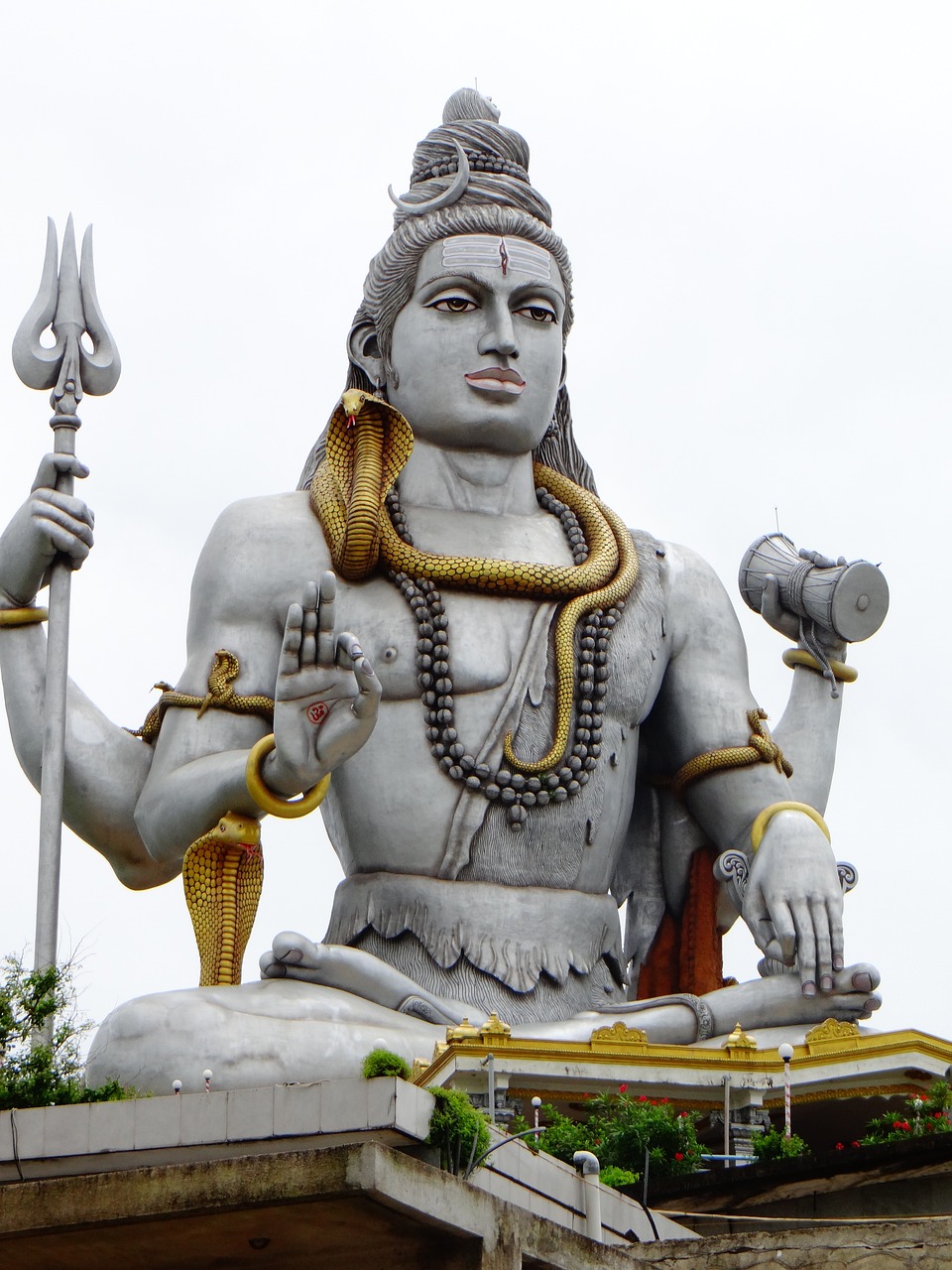Overview of Höðr in Norse Mythology
Höðr is referenced in both the Prose Edda and the Poetic Edda, with a mention in the Gesta Danorum, albeit in a distorted manner. He is perceived as a deity of darkness, contrasting with his brother Baldr, the god of light. Both are sons of Óðin and Frigg, and like Baldr, Höðr is often regarded as a distinguished guest in Hel. Additionally, he might be associated with winter and cold, similar to gods like Ullr and Skaði.
Despite his status in the pantheon, there is limited information about Höðr in mythology, and evidence of a cult centered around him is absent. Although Snorri lists him among the twelve gods of the Æsir, his narratives are inextricably linked with Baldr. Known for his exceptional strength and combat skills, Höðr is described as a fierce warrior and a prince of Ásgard, though he is defined by his curse of blindness.
In the imagery surrounding Höðr, he is often associated with warrior titles akin to his brother. Some of the monikers he holds include “Slayer of Baldr,” “Blind God,” and “Companion of Hel.” The most significant event attributed to Höðr is his inadvertent role in the death of Baldr, a tragedy rooted in deception. Höðr is punished for this act, despite being manipulated by Loki, who provided him with mistletoe—the sole object capable of harming Baldr. Höðr’s efforts toward atonement align with the Norse tradition of blood vengeance, but his own demise adds to the lamentation of Ásgard.
Following Baldr’s death, Höðr joins him in the underworld alongside Nanna. He is also one of the deities foretold to survive Ragnarök, expected to reign alongside his brother. This narrative emphasizes that the incident between the two brothers was not born from animosity but rather a tragic accident encompassing themes of forgiveness. Thus, Höðr comes to symbolize the betrayed god, and his story resonates with profound tragedy.
Saxo Grammaticus presents an alternative tale in Gesta Danorum, featuring Höðr, referred to as Hotherus. In this account, Hotherus emerges as the hero who vanquishes Balderus and claims the princess Nanna as his bride.
Insights on Höðr’s Role Today
In contemporary Norse paganism, Höðr is revered alongside Baldr as a companion deity. It is customary to honor one while simultaneously recognizing the other, in addition to the goddess Nanna. This pairing is possibly linked to an ancient Indo-European divine duo known as “the Twins.” Observers have pointed out parallels between Höðr and Baldr, and the Celtic deities, the Holly and Oak Kings, who represent the shifting dynamics of light and darkness within the solar year.
Symbols Associated with Höðr
Common motifs connected to Höðr include blindfolds, closed eyes, darkness, shadows, eclipses, winter elements, and mistletoe.
Alternate Names
Höðr is also referred to by various names such as Hod, Hoder, Hodur, Hothr, and Hotherus.



